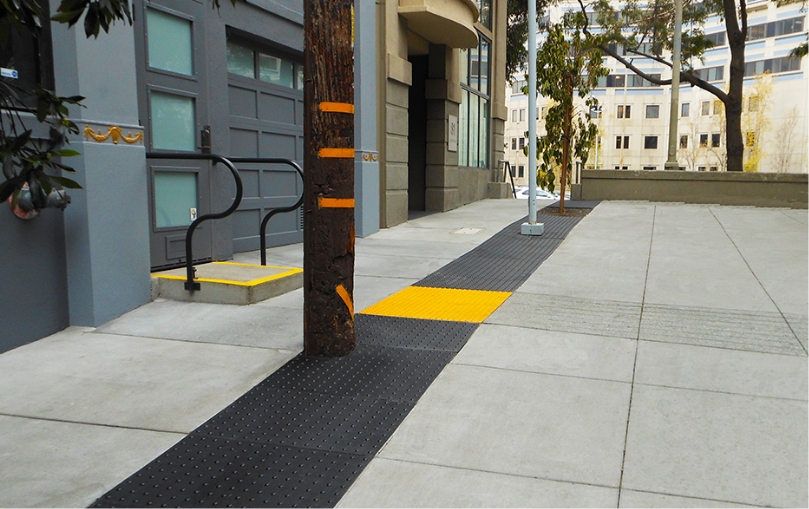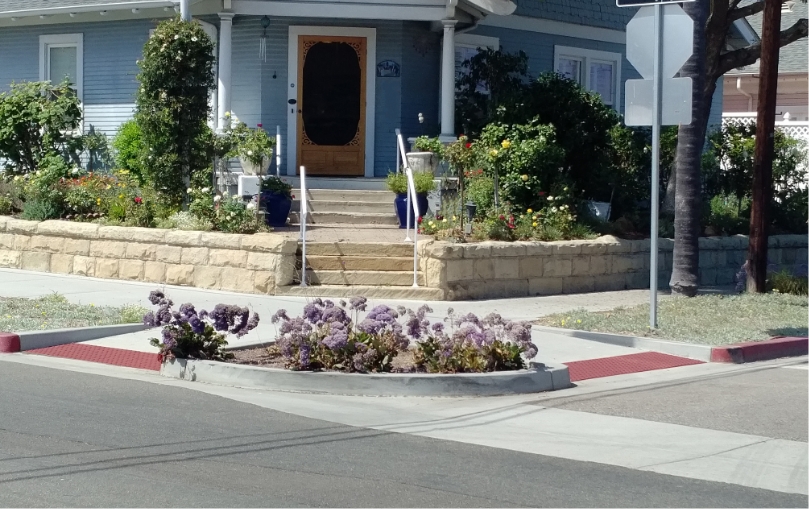Discrimination, stigma, and stereotyping are just some of the challenges that disabled people face every single day. Beyond this viewpoint problem that society has, individuals with disabilities often struggle with a built environment that excludes them from everyday activities. So, don't you think it's high time that we change our lens on disability?
To transform into an all-inclusive society, we need to address the barriers faced by individuals with disabilities. The change will come only when we work hand in hand with the disabled community to break down these hurdles.
The purpose of detectable warning tile systems is to protect pedestrians of all abilities from hazards such as vehicular traffic and mass transit. According to the standards released by the Americans with Disabilities Act (ADA) and the Architectural Barriers Act (ABA), most public spaces are expected and required to equip detectable warning dome tiles.
More and more commuters are choosing bicycles as an ideal mode for transportation and commutes in the U.S. In fact, the estimated size of the U.S. bicycle market is around $6.2 billion according to a report by Statista. As biking gains increased popularity, government policymakers are firm in prioritizing bike lanes to adapt to the rush of commuters on two wheels. This is a thrilling development for those who are choosing to bike on a daily basis.
Pagination
Connect with us
We pride ourselves on our customer service, and we'd love to hear from you! Sign up for our newsletter to keep up with industry updates and trends, as well as any new product releases.











